Olivenöl / Essig / Oliven / Olivenflocken / Pasten / Paprika&Kapern / Datteln / Seifen / Gin / Salz & Gewürze / Schwarzer Knoblauch / Nussriegel / Tee / Feigen / Nüsse
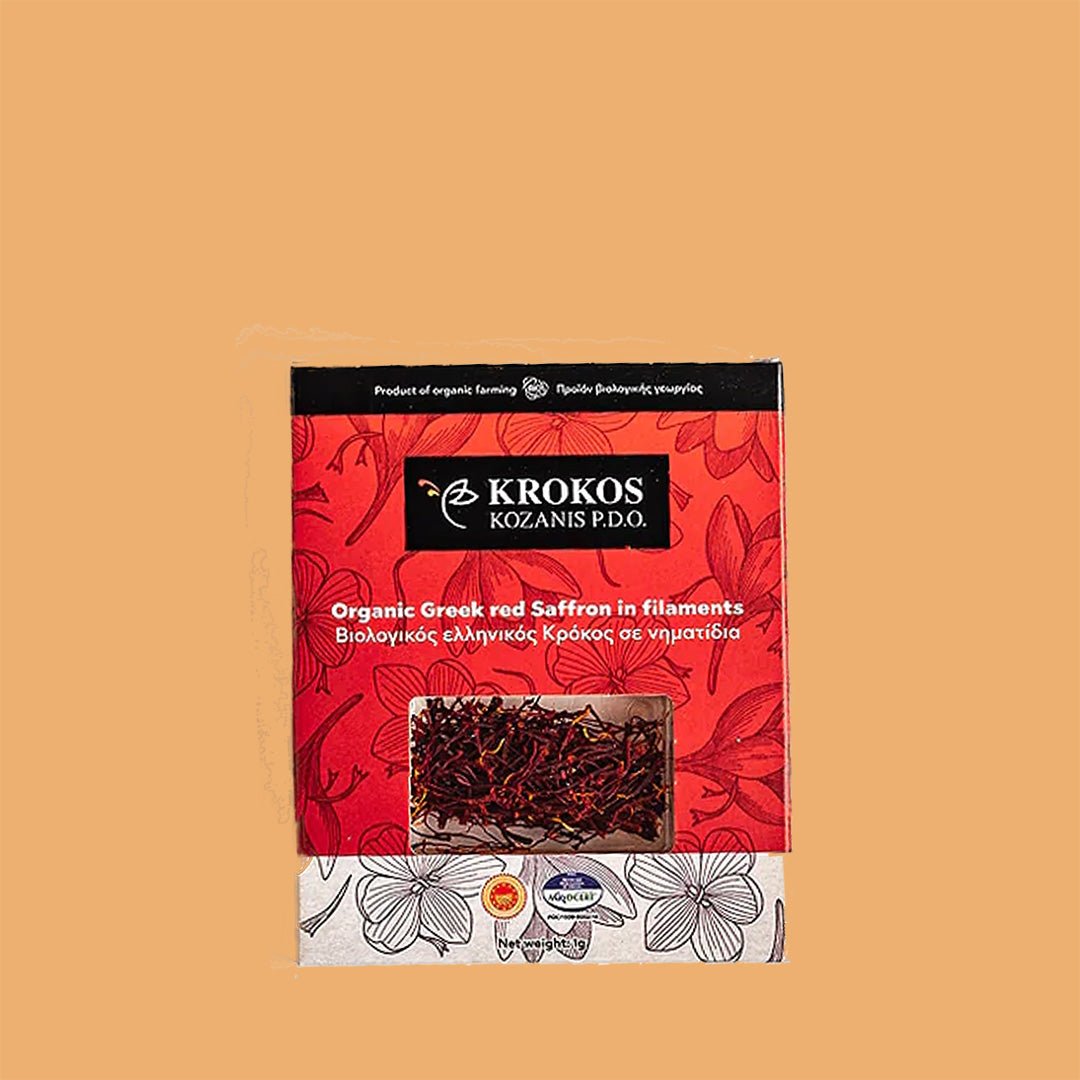
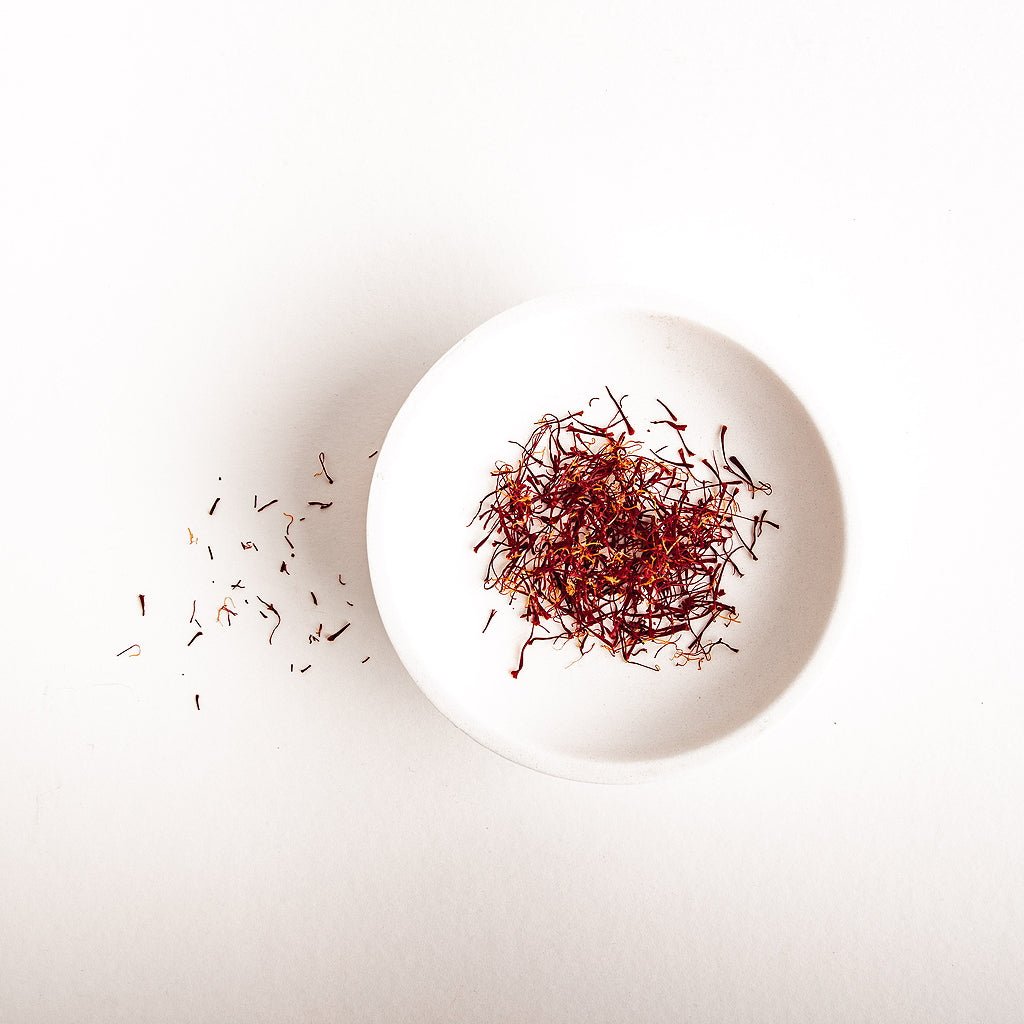
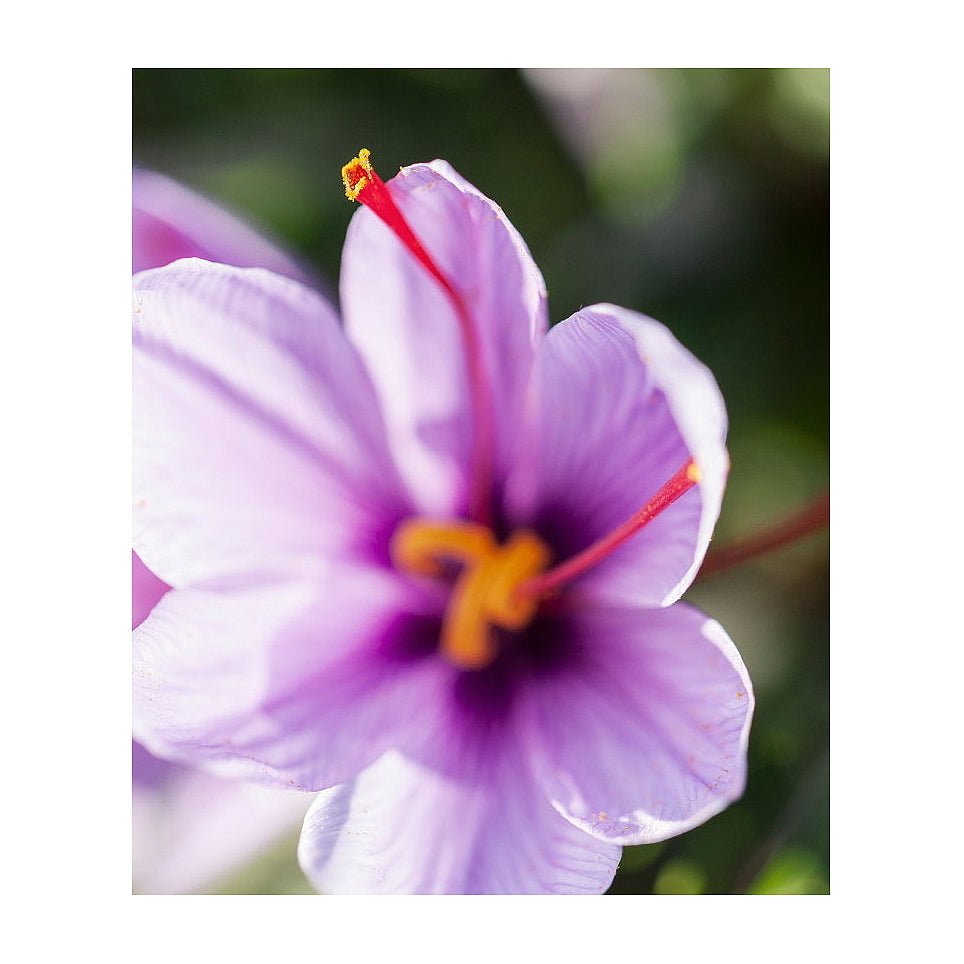
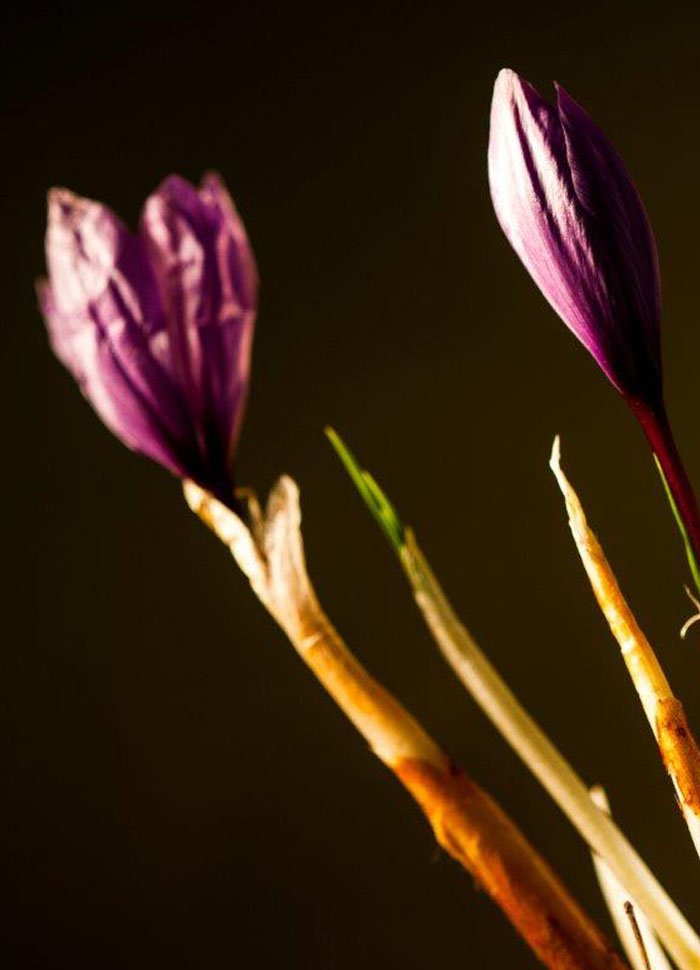
OEL & Friends - products from friendly manufacturers
Saffron from Kozani PDO
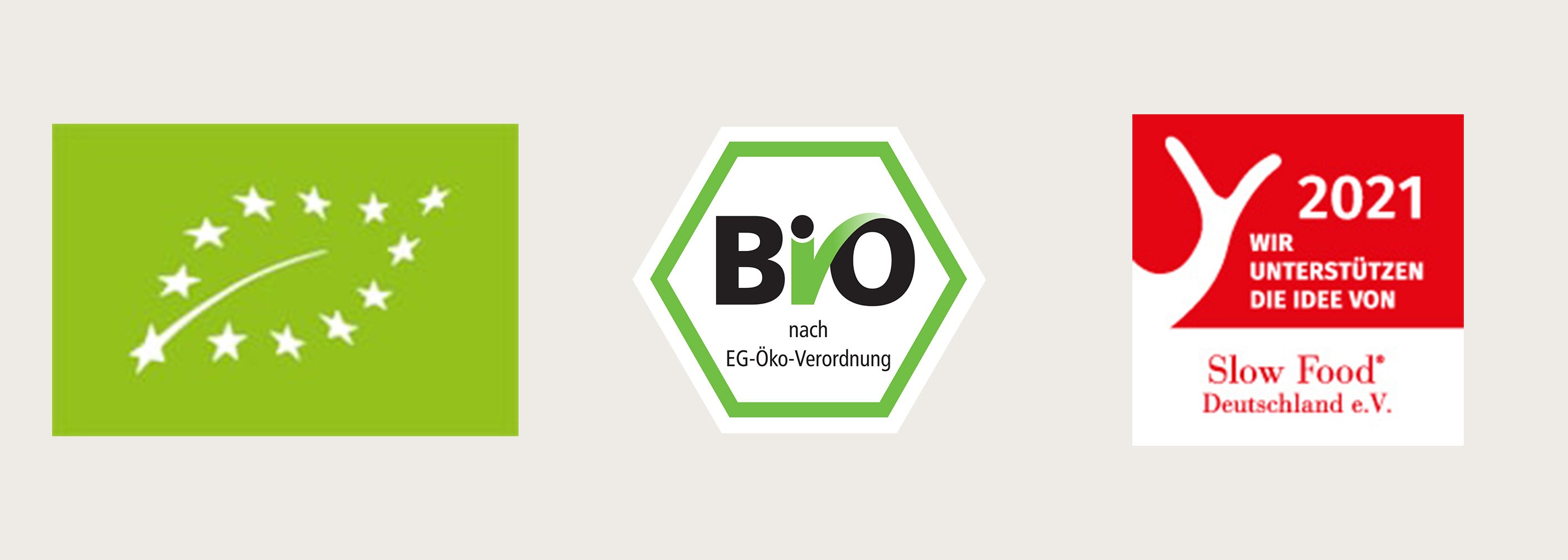
Tax included. Shipping calculated at checkout
Greek saffron
Friendly manufacturer
Selected by us for you
Shipping in 1 - 3 days
Free shipping from €85
➤ Saffron threads from Kozani (protected designation of origin)
➤ From controlled organic farming
➤ 1g
➤ Best before 02/2028
Since ancient times, saffron has been considered not only a spice, but also a medicinal plant. It is said to have mood-enhancing and aphrodisiac effects.
The Crocus sativus produces its purple flowers in autumn. Each flower contains a style that branches into three red stigmas. These red stigmas have the characteristic intense aroma and slightly bitter taste of saffron.
When dried, they produce saffron threads, which are considered the most expensive spice in the world.
The cultivation, harvesting and harvesting of saffron takes place in intensive and strenuous manual work.
Ingredients
Saffron Krokos Kozanis PDO (1.1%)* *from controlled organic cultivation
origin
Greece
Nutritional table
Biocontrol number
GR-BIO-01

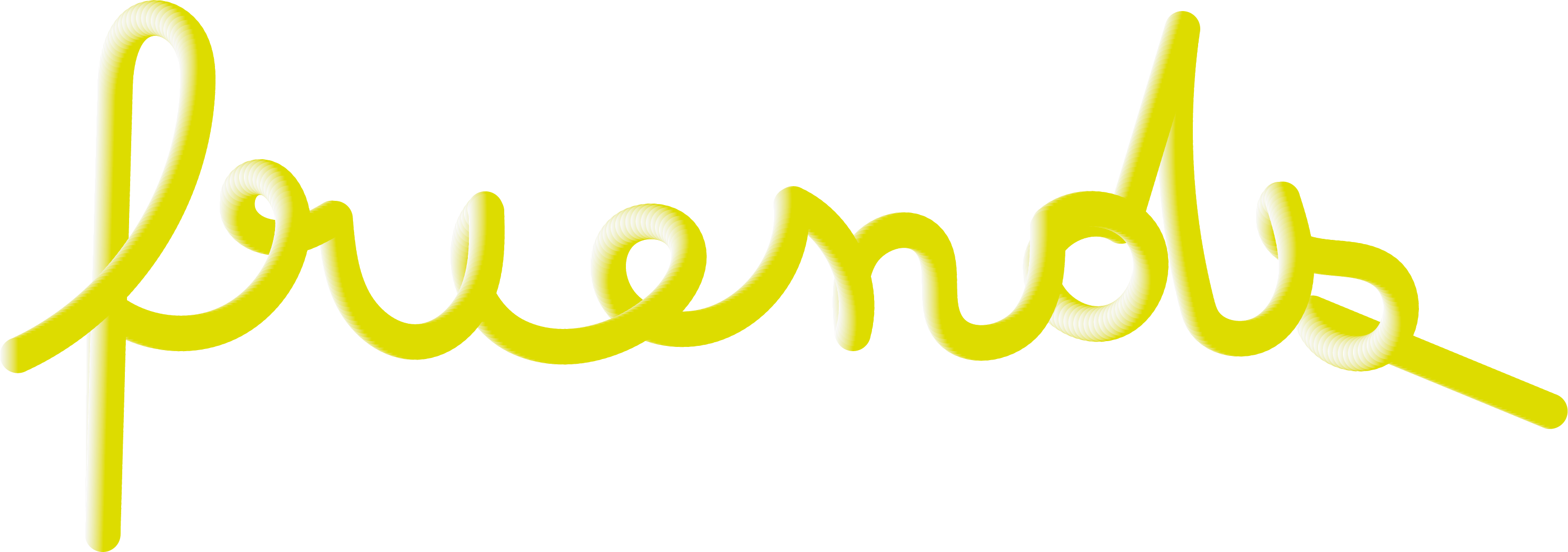
Friendly manufacturer

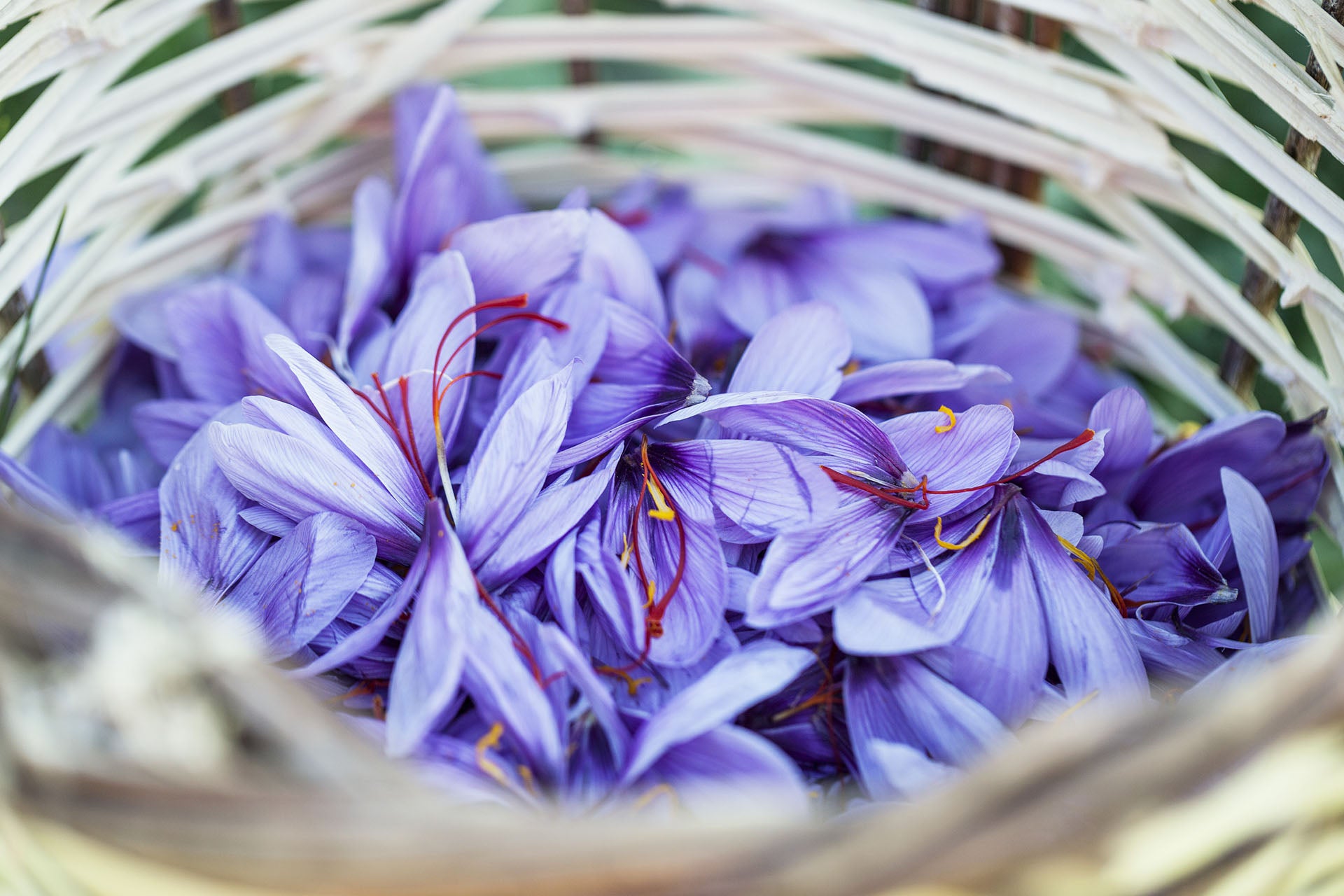
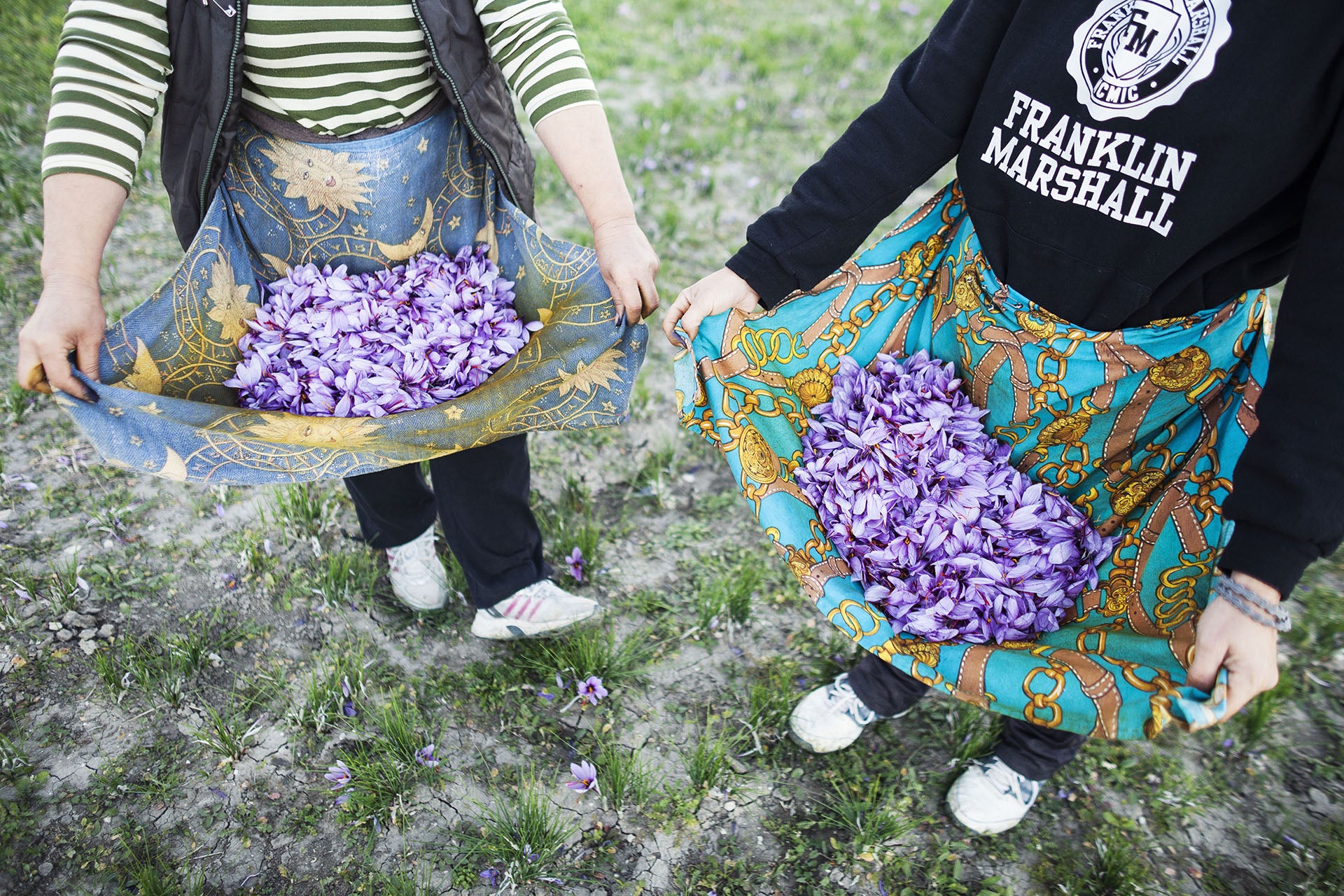

Krocus Kozanis - saffron and saffron products from Kozani / Greece
Do you have any in your tea? Yes, saffron!
In high doses, saffron is said to cause life-threatening happiness. Luckily, this is prohibitively expensive as saffron is the most expensive spice in the world.
The small dose added to Krocus Kozanis tea can still have a mood-enhancing effect, and the saffron gives these herbal teas a subtle, very special, tart note.
Saffron should also be used carefully as a spice. To preserve the aromatic scent, it should not be cooked for long. It is best to soak the threads (stigmata) in a little warm water for a few minutes and add them along with the liquid at the end of the cooking time. An even more intense color is obtained if the saffron threads are ground into a mortar.
Krocus Kozanis - saffron and saffron products from Kozani / Greece
Saffron is the most expensive spice in the world. And that's not surprising.
Because saffron is the red pistil threads of the crocus species Crocus Sativus Linnaeus. For 1 kg of saffron you need 150,000 to 200,000 flowers on a cultivation area of one hectare. The harvest is entirely manual work; a picker only manages around 80 g per day. In addition, saffron only blooms once a year, in the fall (and only for a few weeks).
Saffron has been considered an important medicinal plant for thousands of years and its medicinal effects are still being researched today. Studies have shown a nerve-strengthening effect of saffron extract. They also showed that saffron has a positive effect on mild to moderate forms of depression.
Krocus Kozanis - saffron and saffron products from Kozani / Greece
The Greek growing area for saffron is near the town of Kozani in Western Macedonia. Saffron cultivation there dates back to the 17th century, when the region had close trade relations with Hungary and Germany.
The cultivation, packaging and distribution of Kozani saffron has been operated and controlled by a cooperative with around 1,000 members since 1971. The Anbua area currently covers around 300 hectares, 100 of which are in organic farming.
Our friend Paschalis Tounas has published a report about saffron cultivation in Kozani that is worth reading on diablog.eu .


